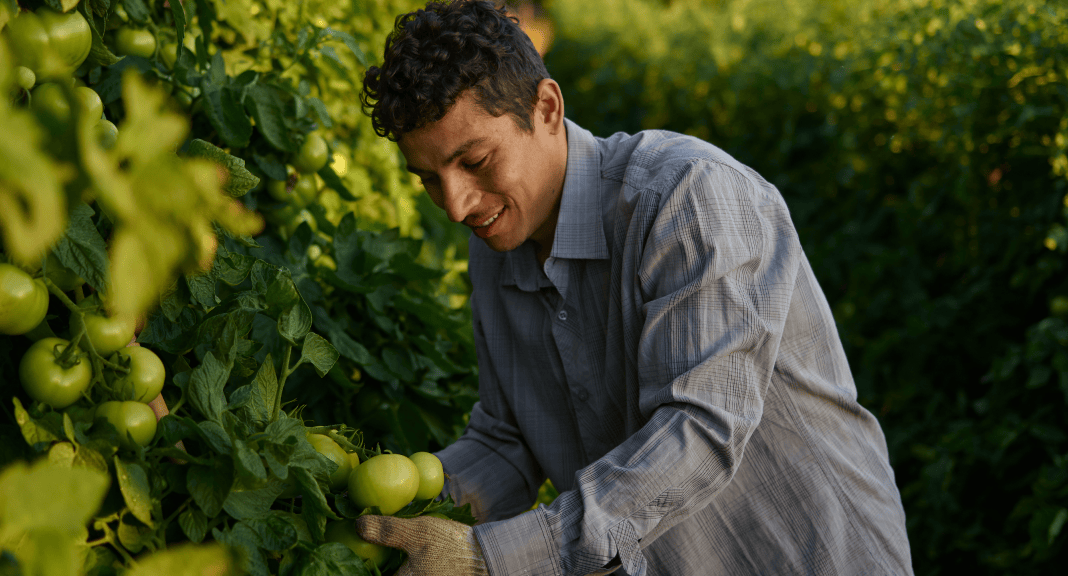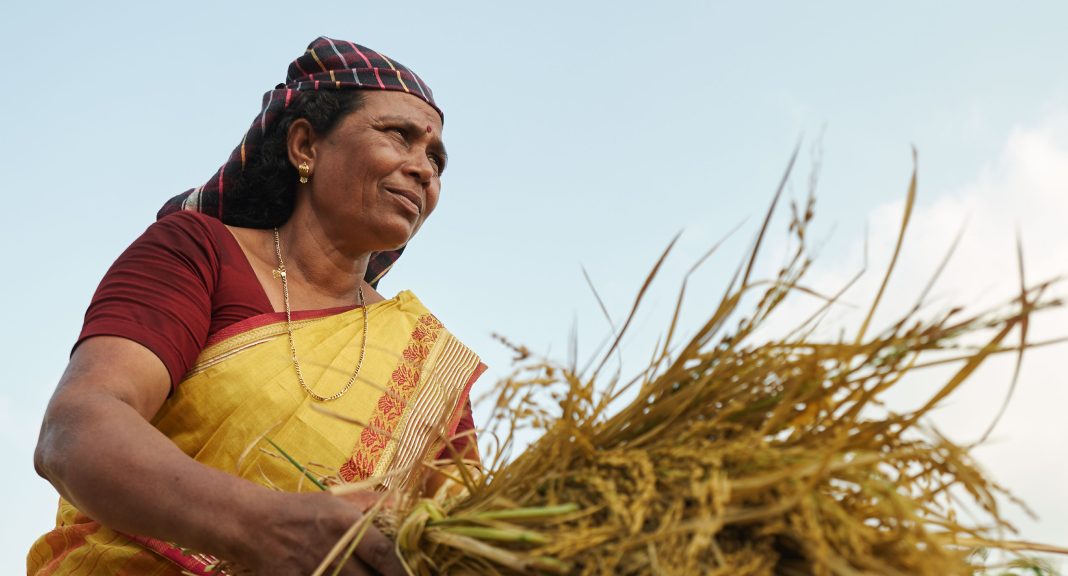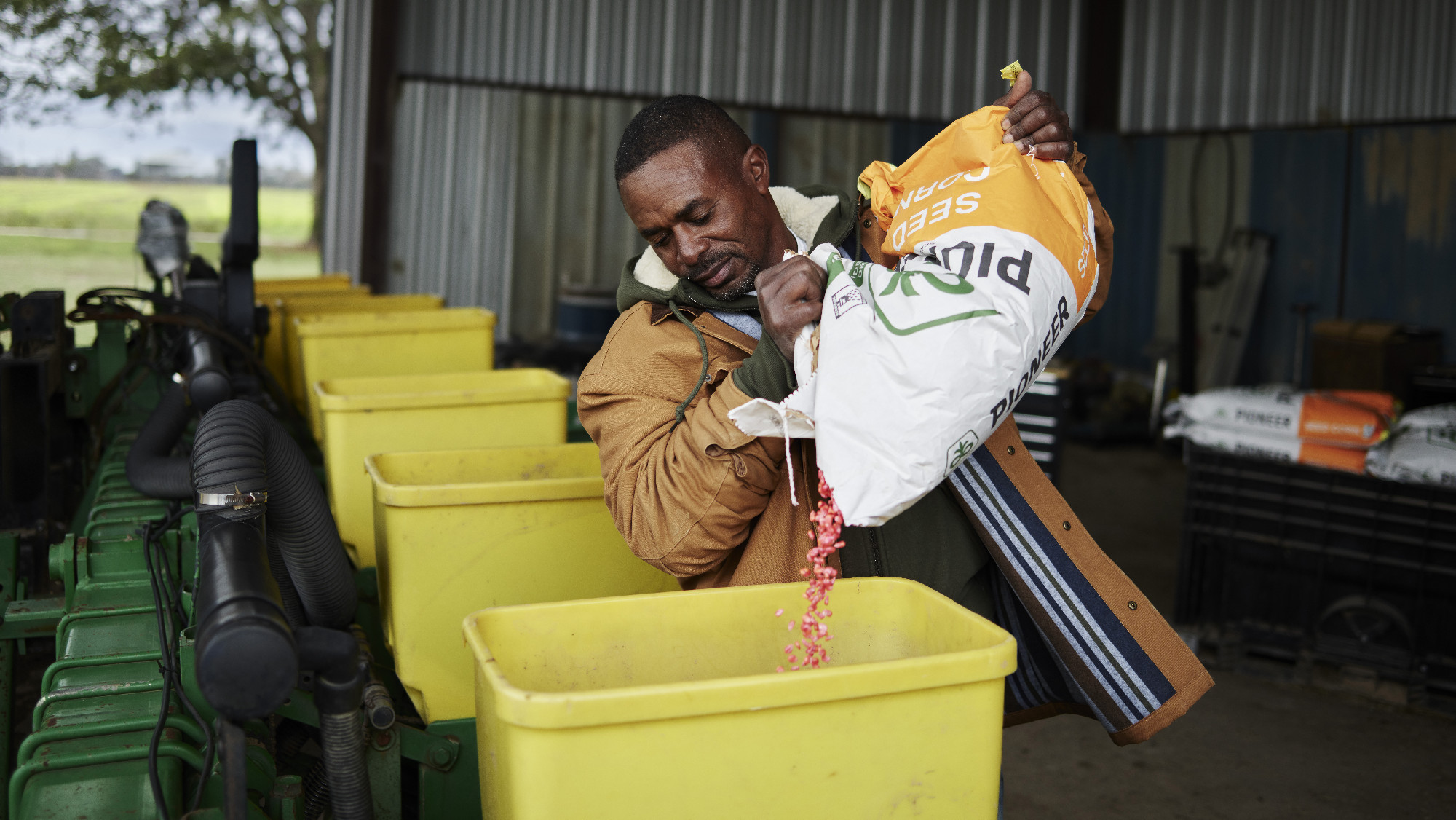
The strength of our best-in-class seed breeding program creates more sustainable solutions and value for our customers.
Plant breeding: a tradition of excellence
Through our legacy Pioneer® seed brand, we have been a global leader in seed innovation for nearly 100 years. In every crop we’ve worked in, in every environment around the world, our plant breeding selection process has increased the average yield per acre.
This advantage has been confirmed in our customers’ fields. We are the only company with a germplasm pool that has produced corn yields of more than 600 bushels per acre.
In fact, Pioneer seed holds the world record for corn and soybeans. David Hula of Charles City, Virginia, achieved a record corn yield of 623.84 bushels per acre using Pioneer P14830VYHR in 2023. And, last year, Alex Harrell of Leesburg, Georgia, set a new soybean yield record of 218.2856 bushels per acre with Pioneer brand Z-Series variety P49Z02E.
Plant breeding gains
Thanks to plant breeding, current corn hybrids in the US – compared with those from the 1940s – produce more overall yield, and also provide:
3x
more yield under drought stress
3x
more yield per inch of water
2.5x
more yield under nitrogen stress
When seed produces more yield per acre, less arable land is needed to meet the food, feed, fuel, and fiber needs of a growing population.

We are advancing gene editing: a transformation in crop improvement.
Gene editing is a revolutionary technology that enables precise modifications to the DNA of plants. Unlike genetically-modified organisms (GMOs), which involve inserting foreign DNA from different species, gene editing works by altering the plant's own genetic material. Both solutions similarly and safely produce technologies that offer enhanced disease resistance and productivity gains.
How gene editing works
Using tools like CRISPR-Cas9, Corteva's scientists can make targeted changes to a plant's DNA. These can enhance traits such as disease resistance, drought tolerance, and nutritional value by adding, removing, or modifying specific genes.
Advantages over traditional breeding
Although traditional breeding methods have dramatically improved yield potential over time, they can require many generations to achieve the desired traits. By using the species' own genetic material, gene editing accelerates the pace of genetic evolution by directly introducing beneficial modifications into high-performing seeds, saving time and resources while avoiding the need to breed many more generations to achieve the targeted traits.
Why gene editing is not GMO
The main difference between gene editing and GMOs is the source of the genetic material. GMOs involve adding genes from other species. Gene editing, in contrast, makes changes within the plant's own genome.
Leading the way in gene editing
We are a leader in applying and enabling scientists around the world to access our gene editing technologies to develop crops that address the challenges of food and fuel security and sustainability. By improving crop performance and resilience, gene editing helps farmers produce more with fewer resources, supporting a stable food supply while reducing environmental impact. For example, we have developed an early-stage corn concept that packages multiple disease-resistant native traits into a single location in the genome.
We continue to advocate for – and educate our stakeholders on – the local and global regulatory policies needed that will enable scientists to unlock the potential of gene editing for farmers around the world.
Investment and joint venture with Pairwise
In September 2024, we announced a $25 million investment plus a joint venture with Pairwise to help us deliver advanced gene editing solutions to farmers. This was the first partnership through our Corteva Catalyst™ external innovation investment platform to advance emerging gene editing, biological, peptide, and other novel technologies.
Genlytix™ gene editing ecosystem
We introduced our industry-leading Genlytix gene editing ecosystem in 2024. With 350+ gene editing patents granted and 140,000+ edited plants, our capabilities across four gene editing platforms are unmatched in our industry. We are also partnering with roughly two dozen universities, food companies, and startups to expand the use of gene editing, while advancing transparency initiatives to expand consumer understanding of this critical technology.

Updated April 2025
In-house leading gene editing technology
- 4 gene editing platforms
- 10 crops edited
- 1,400+ unique gene targets
- Editing in 100% elite corn germplasm
Partnerships that enable accelerated discovery
- Ecosystem of partnerships across 12 universities, 4 food companies, and 8 startups
- 38 CRISPR-Cas9 out-licensing agreements
Solutions that drive productivity
- 350+ gene editing patents with 300+ edits sent to the field
- 140k+ edited plants
- 70+ multiplexed edits in a single plant
Global regulatory and stewardship efforts
- 7 philanthropic projects across multiple countries
- 2 value chain transparency programs
Gene editing can help advance sustainability in multiple ways:
Better nutrition
Slower to spoil; reduces food waste
Insect protection
Drought tolerance
Higher yields
Increased oils
and fats
Our collaborations leverage gene editing to advance our shared goals.
Through our collaborations with the Consultative Group on International Agricultural Research (CGIAR), the Bill and Melinda Gates Foundation, and others, we are using gene editing to bring sustainable innovations to smallholder farmers to target critical crops which provide vital nutrition to the most food-insecure regions of the world.
We are co-developing new products to increase farmer access to science-based tools and technology, including:
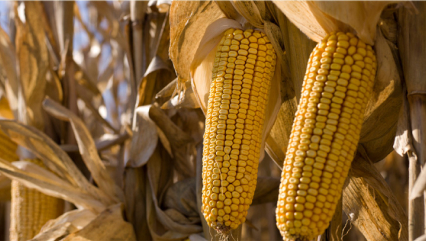
Corn resistant to lethal necrosis
Seed bred to withstand lethal necrosis, a combination of viruses that attack the corn plant, leading to symptoms like leaf discoloration, stunted growth, and ultimately plant death.
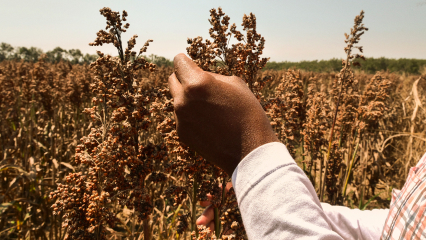
Sorghum resistant to the
Striga parasite
A solution for farmers in sub-Saharan Africa to fight Striga, also known as witchweed, which attaches to the roots of cereal crops like sorghum and siphons off water and nutrients - stunting growth and reducing yields.
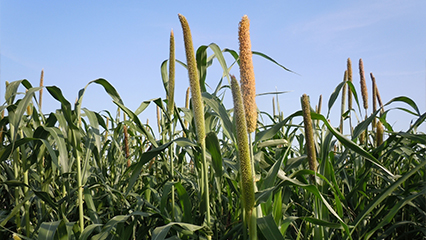
Pearl millet with a longer shelf life
A specially-bred variety of pearl millet designed to stay fresh for an extended period after harvest to help reduce post-harvest losses, helping the grain stay nutritious and usable for longer. It is particularly beneficial in regions where pearl millet is a staple food, such as parts of Africa and India.


